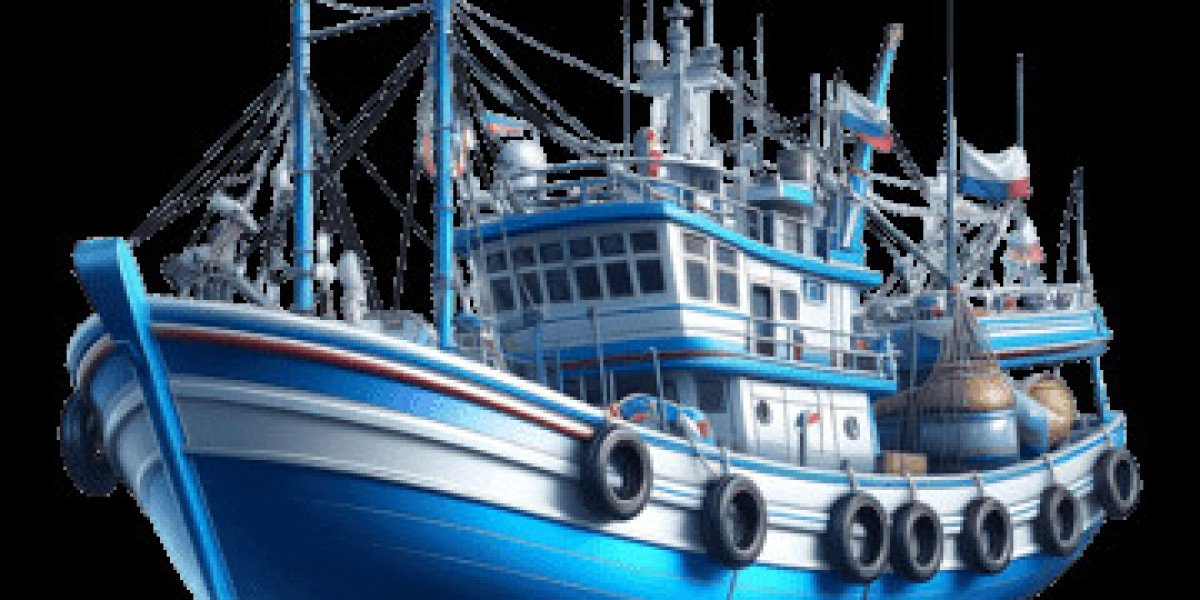The global market for connected fishing vessel technology is charting a course for remarkable expansion. The projected strong and sustained Telematics for Fishing Boats CAGR (Compound Annual Growth Rate) is a clear and powerful signal of a fundamental transformation occurring within the commercial fishing industry. This exceptional growth is not a speculative bubble but is firmly anchored by a set of powerful and enduring drivers that are making the adoption of this technology a matter of both regulatory necessity and economic survival. The market's rapid expansion is a direct response to a global push for greater transparency and sustainability in our oceans, combined with the relentless economic pressure on fishing operators to improve their efficiency and safety. As these forces intensify, they are creating a powerful, self-reinforcing wave of demand that is driving the market's robust and long-term growth trajectory worldwide.
The single most significant and non-negotiable driver fueling this rapid growth is the proliferation of government regulations and mandates. In an effort to combat the massive global problem of Illegal, Unreported, and Unregulated (IUU) fishing, governments and international fisheries management organizations are increasingly requiring commercial fishing vessels to be equipped with a Vessel Monitoring System (VMS). These mandates often require a tamper-proof, satellite-based tracking device that automatically reports the vessel's position to the authorities. As these regulations are expanded to cover smaller and smaller classes of vessels and are implemented in more regions around the world, they are creating a massive, legally mandated market. For a significant portion of the global fishing fleet, installing a telematics system is no longer a choice; it is a legal requirement for keeping their license to fish, making regulation the primary engine of market growth.
Beyond the regulatory push, there is a powerful economic pull that is driving voluntary adoption and contributing significantly to the market's high CAGR. The commercial fishing industry operates on notoriously thin profit margins, and fuel is one of the single largest operational expenses. Telematics systems provide vessel owners with the detailed data they need to optimize their fuel consumption by analyzing vessel speed, engine performance, and routing. Even a modest 10-15% reduction in fuel costs can have a dramatic impact on a fishing operation's bottom line, providing a clear and often rapid return on investment. Furthermore, the predictive maintenance capabilities of these systems, which can help to prevent catastrophic engine failures at sea, offer another powerful economic incentive. The ability of the technology to directly reduce costs and increase uptime is a major driver of adoption, especially among larger, more commercially focused fishing fleets.
Finally, the market's strong growth is also being enabled and accelerated by favorable technological and cost trends. In recent years, the cost of the core enabling technologies—including GPS chips, sensors, and satellite communication hardware—has fallen significantly. At the same time, the cost of satellite data services has also become much more affordable, particularly with the advent of new Low Earth Orbit (LEO) satellite constellations. This has dramatically lowered the total cost of ownership for a telematics solution, making it financially accessible to a much broader range of vessel owners, including those in the small-scale fishing sector. This "democratization" of the technology is significantly expanding the total addressable market from just the large industrial fleets to the millions of smaller commercial boats, unlocking a vast new frontier of growth and ensuring the market's high CAGR continues for the foreseeable future.
Explore Our Latest Trending Reports:
Sales Engagement Platform Market








